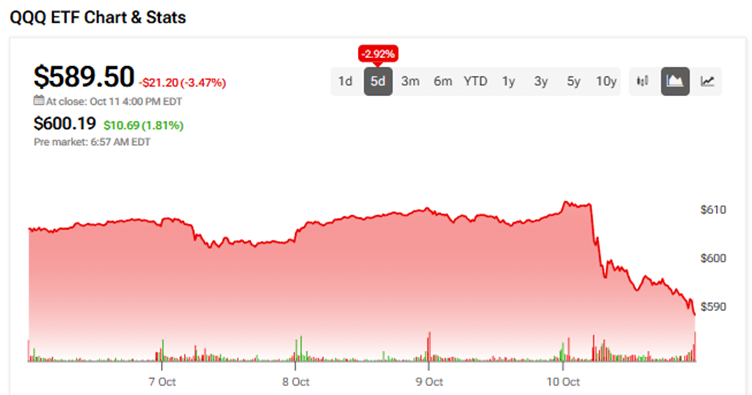
SpaceX’s Starship megarocket is back on the launch pad at Boca Chica, prepared and ready for its final flight test of the year. Flight 11, scheduled to lift off on Monday evening at the earliest, will also be the final test flight for this iteration of Starship, Version 2—if everything goes to plan.
The launch window will open at 7:15 p.m. Eastern on Monday, October 13, according to SpaceX. A livestream of the event will begin approximately 30 minutes before liftoff, which you can watch at SpaceX.com or the company’s account on X. You can also tune in through any of the third-party webcasts below.
A transitional moment for SpaceX
Last week, SpaceX shared photos of Starship’s Super Heavy booster set up on its pad at Starbase, the company’s launch site in Boca Chica, Texas. The rocket’s upper stage, called Starship or “Ship” for short, is stacked on top of the booster ahead of its flight.
Starship is the largest and most powerful rocket ever built. Altogether, it stands about 400 feet (122 meters) tall. But SpaceX is going bigger: The next iteration of Starship—Version 3—will be even larger and capable of carrying 100 tons (363 metric tons) to orbit, according to CEO Elon Musk. Its first launch is expected sometime in early 2026.
But before SpaceX can roll out Version 3, the company needs this last test of Version 2 to go smoothly. It’s last test, Flight 10, which lifted off from Starbase in August, went off without a hitch. But that launch followed a string of explosive failures that had put Starship off-track.
For this test, Starship will follow a very similar flight plan to its last launch, just with a few tweaks to further stress-test the rocket’s heat shield and demonstrate maneuvers that are designed to mimic how its upper stages will behave when it is returning to its launch site—Starhsip, after all, is meant to be fully reusable.
A similar but different flight plan
In the eleventh test flight, Starship’s Super Heavy Booster is supposed to splash down in the Gulf of Mexico while, its upper stage progresses along a suborbital arc, then reenters the atmosphere for a water landing in the Indian Ocean, according to SpaceX.
The test will attempt several in-space objectives, including a deployment of eight dummy Starlink satellites and a relight of one of its Raptor engines. SpaceX has again removed several ceramic tiles from the heat shield to stress-test the rocket’s thermal protection system.
Unlike flight 10, however, this time the spacecraft will perform a “dynamic banking maneuver” during the final phase of the rocket’s reentry, designed to mimic the path it will take on future flights returning to Starbase.
The booster will also demonstrate a “unique landing burn engine configuration planned to be used on the next generation of Super Heavy,” according to SpaceX. The booster will ignite 13 of its 33 engines to start the burn, transition to five engines to fine-tune its trajectory, then downshift to three center engines for the final stage of the burn.
The booster selected for this launch is flight-proven, having already flown on flight 8 in March. Twenty-four of the booster’s Raptor engines are also flight-proven. This will be the second reuse of a Super Heavy booster, a critical test of SpaceX’s rapid reusability strategy.
It’s been a turbulent year for the Starship program. After a very shaky start to the rocket’s 2025 launch schedule, SpaceX is now under pressure to reach critical development milestones ahead of its next iteration. Monday’s launch is one you won’t want to miss.










































